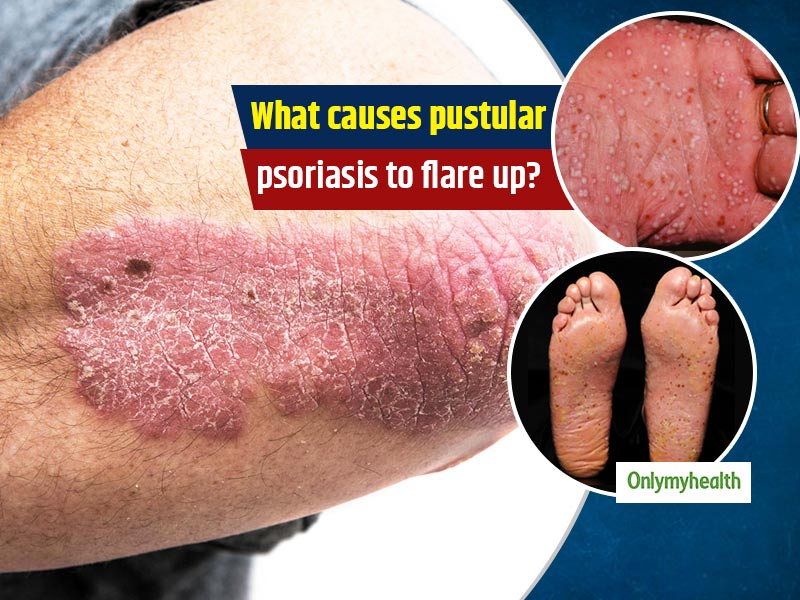
Can pustular psoriasis cause infection? Pustular psoriasis is a skin condition that causes red, scaly skin patches. It can occur anywhere on the body, but it is often found around the knees and elbows. Psoriasis can happen to anyone at any age. But at the age of 15 to 35, people are more prone to pustular psoriasis. At the same time, this situation is seen less in children below ten years (but whenever it happens, it takes terrible form). Keep in mind that psoriasis is neither an infection nor contagious. It can manifest in various ways. Most people have it in the form of psoriasis, which produces white, non-infectious pus-filled blisters. Let's know about this disease and its symptoms and ways to avoid them.
Table of Content:-
Why does pustular psoriasis happen?
Psoriasis is an autoimmune disease, which may occur due to the weakening of your immune system or any problem in white blood cells. There are other reasons for this:
- Medications, such as steroids
- Something that irritates your skin, such as topical creams or a wrong makeup product
- Too much exposure to the sun
- Tension
- Pregnancy
- Infection
- Hormones
- Bacterial infection
- Gene mutations in one of the two specific genes (IL36RN or CARD14) it can cause/trigger a flare to stop.
Also Read: How To Relieve Sciatic Nerve Pain And Numbness?

Pustular psoriasis may occur in conjunction with other types of psoriasis, such as plaque psoriasis. It can happen in any particular area such as hands, feet, thigh and waist (or other parts of the body, but rarely seen on the face). It usually occurs with the first few small rashes, and then within a few hours, continuous pus can also form large blisters. These blisters eventually become brown and crusty. After they are peeled, the skin may appear shiny or crusted.
Types of pustular psoriasis
Talking about the type of pustular psoriasis, there are three types, depending on the speed of blisters. It also determines how fast those rashes will pop up.
- Palmoplantar pustulosis (PPP): Blisters are formed on small areas of the body, usually on the palms or soles of the feet. These pus-filled spots may be brown, peel off, or crust on top. In this case, the skin may burst. It is seen more in those who smoke a lot.
- Euro psoriasis: These small, excruciating wounds pop up on the fingers or toes. The pain can make it harder to use your fingers or toes. In rare cases, it can cause a nail loss.
- General psoriasis: These red and painful skin spots appear on a wide area of the body and end up as pus-filled blisters. Fever, chills, dehydration, nausea, weak muscles, headaches, joint pain, a rapid pulse or weight loss may occur.
Also Read: Experiencing Palm Rashes? Here's Are Some Treatment Tips From Dermatologist Dr Tipirneni

Treatment of pustular psoriasis
- Talking about the treatment of pustular psoriasis, first of all, stop smoking.
- To treat pustular psoriasis first use a steroid cream. Coal tar or salicylic acid cream may also help.
- Wear cotton clothes.
- Seek the help of your doctor to treat PPP and outbreak of acropustulosis.
- Avoid swelling of the skin or inflammation of the skin.
- Treatment includes some medicines such as corticosteroids, retinoid, anthralin, vitamin D, etc.
Read more on Other Diseases
How we keep this article up to date:
We work with experts and keep a close eye on the latest in health and wellness. Whenever there is a new research or helpful information, we update our articles with accurate and useful advice.
Current Version
